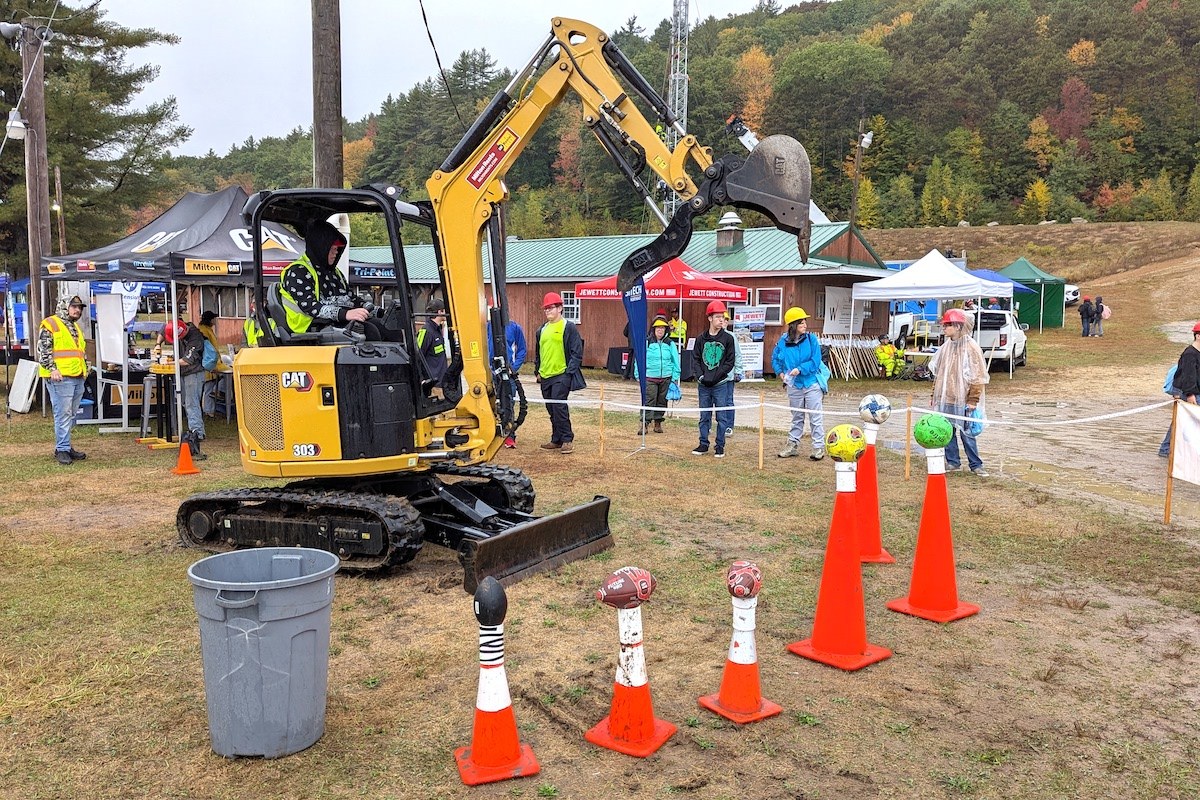At the same time, many aspects about what the future holds are crystal clear. COVID-19 has forced many contractors to adopt construction technology faster than they might have under normal circumstances. Technology that enables remote collaboration, agility, machine automation, and better decision making has helped contractors survive 2020. In the past, many of these tools have been considered a nice-to-have, but, in the new norm, they fall firmly in the need-to-have camp.
Many of the new ways of doing business that have been adopted out of necessity this year will help ensure business continuity and resiliency into the future. The following five technology segments will play a defining role in the future of construction.
Trimble Platform as a Service (TPaaS) is one new offering on the market that helps contractors meet the need to both conserve cash and increase flexibility. TPaaS gives contractors the ability to purchase certain hardware and software solutions for a set monthly price and get full technology assurance, including hardware upgrades, throughout the agreement.
Although “as a service” payment models are mainstream in some industries, they are relatively new to the construction sector – but they are here to stay, in large part because they provide just the kind of flexibility contractors need to build resilient businesses.
Response to this new payment model has been extremely positive since March. Contractors are looking for ways to acquire the technology they need to work efficiently, remotely, and competitively while also managing expenses, and innovative new financing models check all of those boxes.
Viewpoint, for example, has teamed up with the Construction Financial Management Association (CFMA) so that Viewpoint Analytics users can access CFMA Financial Benchmarker data, making it easy for contractors to compare their own financial performance against key construction industry indicators like job profitability, efficiency, and liquidity and leverage. Viewpoint has also made public its Product Activity Dashboard, which mines data from the more than 2 million projects in the company’s cloud platform to uncover industry trends and benchmarks.
Construction technology is helping to provide contractors with meaningful and actionable information and analysis from a sea of unstructured data. At the same time, technology is also making internal company data – from a single piece of equipment to an entire enterprise – easier to gather, access, analyze, and share. Better decision-making from better data will continue to propel construction businesses into the future.
Today’s earthmoving machines and road-paving systems incorporate telematics, machine-guidance, both 2-D and 3-D machine-control systems and/or on-board wireless connections to transmit site data with ease from the jobsite to the office. They almost immediately make new operators good and experienced operators great by improving accuracy, speed, efficiency, and job satisfaction. Autos functionality, in-cab augmented reality and intuitive, easy-to-use systems are increasing safety, productivity, and transparency.
R.B. Jergens – an environmental and heavy civil contractor based in Vandalia, Ohio – estimates that surveyor and field crews saved three days of time each on a recent job – at least 40 hours – by using excavator automatics to dig to a prescribed design elevation. David Reynolds, Surveying Manager with R.B. Jergens, notes that machine control eliminates the need for a grade checker in many cases. “We've been able to reallocate resources more effectively and increase our productivity anywhere from 50 to 100 percent on certain job tasks, so we’re leaner and more profitable.”
Watch for the continued adoption of machine control technology by users, and for the continued investment in machine control and autonomy by technology providers in 2021 and for years to come.
Innovation that puts augmented reality in the cab of an excavator or a 3-D mixed reality look at a road, rail, or site design on a phone in the hand of a field worker helps make complex construction concepts simpler. It also helps reduce trips to the jobsite and makes it easy to communicate new designs or changes, check grade or production productivity, and identify potential problems – all while limiting the number of people working together in close proximity.
Over the past few months, contractors have likely started to notice mixed, virtual, and augmented reality tools showing up more frequently on jobsites. When it comes to extended reality in construction, the future is now. Watch for more of this over the next 12 to 18 months, and for continued technology enhancements into the future.
Minnesota-based specialty contractor Veit & Company is seeing real value using remote assistance and remote file transfer that also makes good business sense under normal circumstances.
“These tools are limiting our need to be on site to troubleshoot, train, and transfer files,” said Britton Lawson, Director of Construction Technology at Veit. “We have used remote technology for years in our day-to-day activities, but the functionality is really showing its benefit in this new normal.”
To this end, contractors such as Veit are relying on tools like Trimble WorksManager Software to send 3-D models over the air to machines and survey crews, and to manage field-based devices from the office. Through this portal, the firm’s survey team can remotely connect to any of its field devices.
Apps and simulators are also making it easy to learn and practice machine control skills; and tools like Wi-Fi enabled video cameras and video conferencing services are even making it easy for dealers to troubleshoot and support contractors remotely.







































































